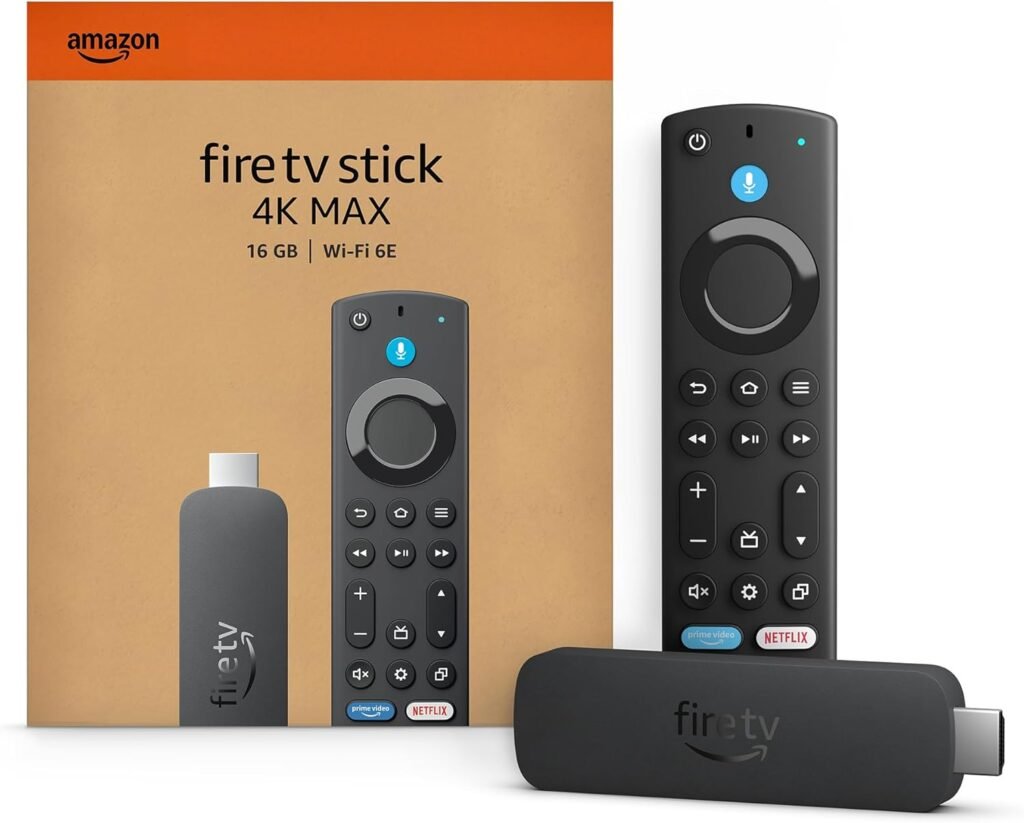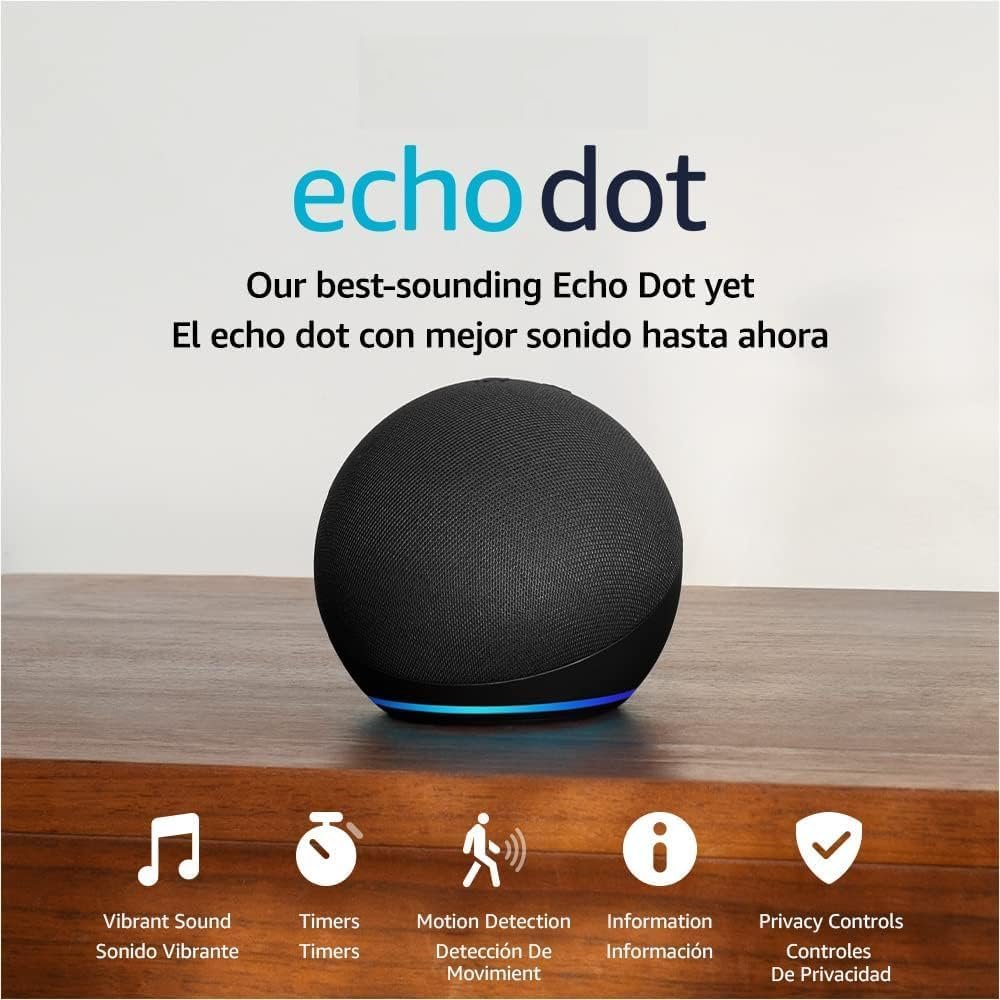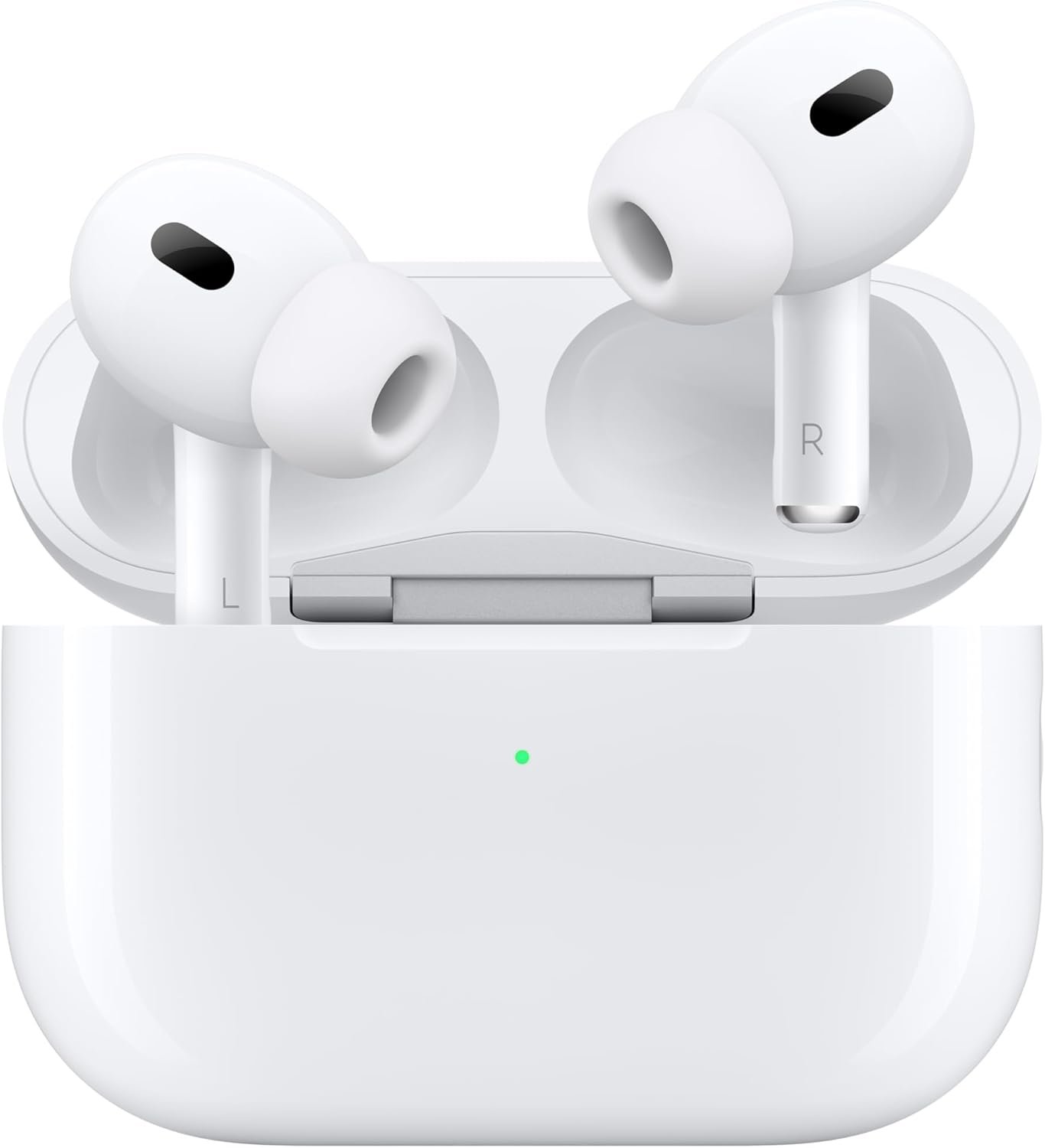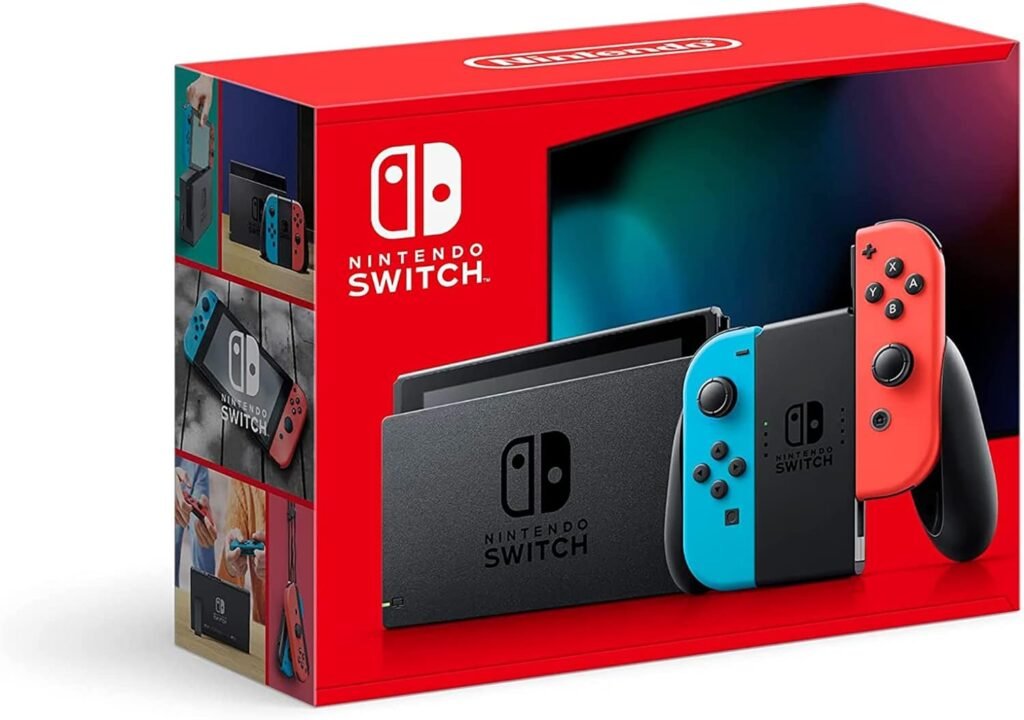
In the ever-evolving world of gaming, few platforms have captured the public’s imagination quite like the Nintendo Switch. A groundbreaking hybrid console that blurs the line between home and portable gaming, its latest iteration, the Nintendo Switch 2, has arrived to redefine the experience once more. Priced within the sweet spot of $300-$500 on platforms like Amazon, this device is not just a console; it’s a statement about how we play, offering a polished, powerful, and uniquely versatile gaming solution.
At the heart of the Switch 2’s appeal is its seamless transition between its three core modes: TV, tabletop, and handheld. In TV mode, the console connects to its dock to display games in stunning 4K resolution on a television, a first for the Switch family. This provides the home console experience many gamers crave, with vibrant colors and sharp details that bring titles like The Legend of Zelda: Tears of the Kingdom and Super Mario Bros. Wonder to life on the big screen. The transition is instantaneous—simply lift the console from its dock, and your game appears on the handheld screen without a single pause.
Handheld mode, however, is where the Switch 2 truly shines. The most immediate and noticeable upgrade is the new 7.9-inch LCD screen. This is a significant leap from the original Switch’s 6.2-inch display, offering a higher 1080p resolution and a smooth 120Hz refresh rate. The result is a more immersive and visually impressive experience, with less motion blur and greater detail. While some enthusiasts might have wished for an OLED display, the new LCD screen is a massive step up in quality, offering rich colors and excellent brightness that make gaming on the go feel more premium than ever before.
The technical prowess of the Switch 2 is owed to its custom NVIDIA Ampere-based processor. This new chip, a massive upgrade from its predecessor, provides a substantial boost in performance. Games from the original Switch’s library that once suffered from frame rate drops now run flawlessly, and new titles designed for the hardware are able to push the boundaries of what is possible on a mobile device. This is a console that respects its past while firmly embracing the future, a testament to Nintendo’s commitment to continuous improvement.
One of the most talked-about features is the redesign of the iconic Joy-Con controllers. They now attach to the console using a secure and satisfying magnetic mechanism, eliminating the flimsy feel of the original’s rail system. The new Joy-Cons also feature improved HD Rumble, providing more nuanced and immersive haptic feedback, and a new GameChat feature that allows for built-in audio and video communication with friends. The redesigned Pro Controller is also a fan favorite, with a more ergonomic design and two new programmable buttons, making it arguably one of the best controllers on the market.
Beyond the hardware, the most compelling reason to own a Nintendo Switch 2 is its unparalleled game library. The console boasts an extensive collection of games, from timeless first-party blockbusters like Super Smash Bros. Ultimate and Mario Kart 8 Deluxe to a thriving ecosystem of indie games. The biggest advantage is its full backwards compatibility with all existing Nintendo Switch games, giving new owners instant access to years of beloved titles. This massive library, combined with the new hardware, ensures that you will never run out of amazing experiences to play.
Ultimately, the Nintendo Switch 2 is a perfect example of smart evolution rather than complete revolution. It takes everything that made the original great and refines it, addressing key criticisms while introducing new features that enhance the overall experience. Whether you’re a longtime Nintendo fan or a newcomer to the world of gaming, the Switch 2 provides a comprehensive, fun, and highly adaptable platform that is well worth its price.
Summary of Pros and Cons
Pros:
- Hybrid Design: The ability to switch between a home console and a handheld device is the core strength and a truly unique selling point.
- Improved Display: The larger, 1080p, 120Hz LCD screen is a significant upgrade that makes gaming in handheld mode more enjoyable.
- Enhanced Performance: The new NVIDIA processor allows for better graphical fidelity and smoother performance in both new and old games.
- Backwards Compatibility: Full compatibility with the original Switch game library provides an immense catalog of titles to play from day one.
- Redesigned Joy-Cons: The new magnetic attachment system and improved haptics make for a more secure and immersive experience.
Cons:
- No OLED Display: While the new LCD is good, it lacks the deep blacks and vibrant contrast of an OLED screen, a feature present in the original Switch OLED model.
- Limited Internal Storage: The 256GB of storage, while an improvement, can still fill up quickly with digitally downloaded games, necessitating the purchase of a microSD Express card.
- Shorter Battery Life: The new console reportedly has a slightly shorter battery life compared to the most recent version of the original Switch.
- Game Pricing: The cost of first-party titles, which rarely go on sale, can add up quickly for new owners.
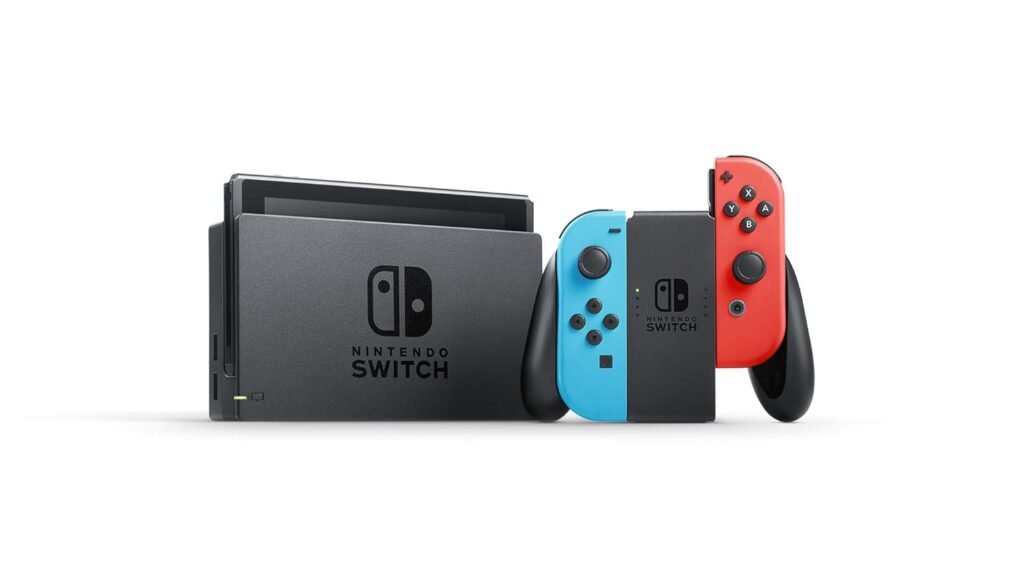
- The next evolution of Nintendo Switch
- One system, three play modes: TV, Tabletop, and Handheld
- Larger, vivid, 7.9” LCD touch screen with support for HDR and up to 120 fps


